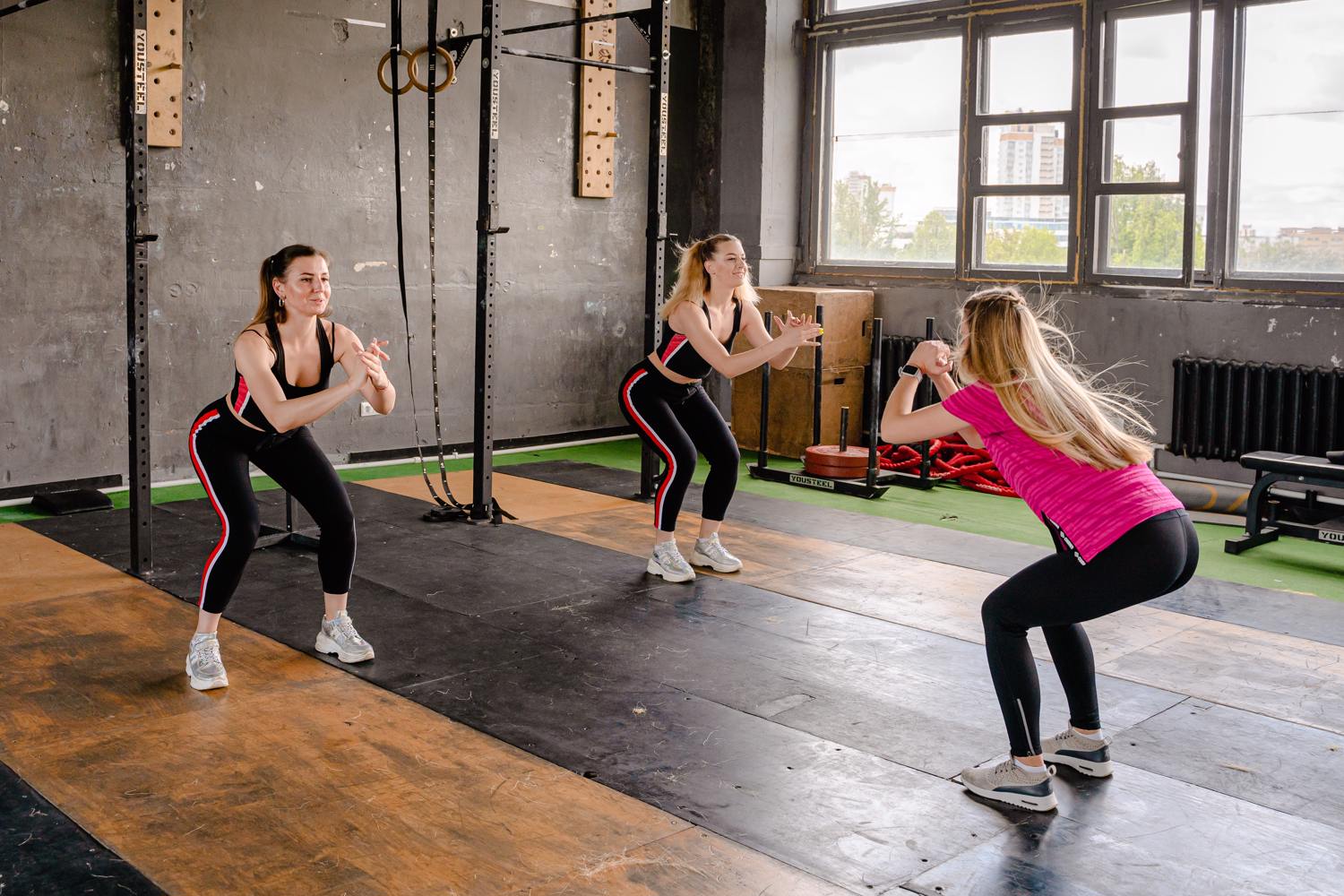Are you doing squats correctly?
When working out, it's essential to make sure you're paying attention to all parts of your body, and your legs are certainly no exception. We want you to have great leg health! One of our favorite leg day workouts is squats, which are great for promoting leg health. But, like any workout, there are things that should be considered when squatting.
This is why we've put together the steps necessary to achieve the perfect squat, as well as some fun squat variations if you get bored with the original.
Basic Bodyweight Squat
A basic bodyweight squat is a great place to start, or go back to and check in on your form. For this squat, you will mostly be using your quads, glutes, and hamstrings. Your core will get some action too, as it works to stabilize the body. Here's how to perform a basic bodyweight squat:
- Begin a basic squat by standing with your feet shoulder-width apart and your arms at your sides.
- Start pushing your hips back while bending your knees, as if you are going to sit down on a chair. Pause once your knees are parallel to the ground.
- *Make sure you are not allowing your chest to fall. Keeping a "proud chest" (meaning to keep it up) is a key aspect of good squat form. Be sure your knees do not cave in either.
- Push up evenly through the whole foot back to a standing position.
Once you have this mastered, you should be able to do more involved squats and even add weights. Let's take a look at some other squat variations:
Deep Squat
We're taking things up a notch slightly here. In this type of squat, your thighs will actually go past the parallel position. Bear in mind that this variation requires more flexibility. Here's how to execute a deep squat:
- Recall the steps you did in the basic bodyweight squat, and begin to do one. This time, keep going once your thighs have reached parallel. Your bottom should almost be touching the ground and the crease of your hip should be going below your knees.
- Push back to standing through the entirety of your feet, keeping your torso upright.
One-Legged Squat
This is also called a "pistol squat," and it has many benefits! Once again, you will need flexibility and strength for this one. You may also need some type of stable surface. How to perform a one-legged squat:
- Stand next to your stable surface and lift the outside foot off of the ground. Bend your knee at a 90-degree angle and hike the outside hip.
- Bend down on your inside leg, and remember to avoid your knee caving in. Try to reach the parallel position, and use the stable surface if you need to.
- After you have reached the farthest point you can achieve, push back through the whole foot to the starting position.
- Switch legs once you have achieved the number of reps you have chosen.
Goblet Squat
Are you ready to add weights to your squats? A goblet squat is a great way to do so. Steps to perform a goblet squat:
- Hold a light plate or dumbbell at chest level, holding it by its sides. Your elbows should be pointing out and down. Keep your feet between shoulder and hip-width apart.
- Begin your squat as normal, sinking into a deep squat. Your elbows should come inside your knees, as the knees push out.
- Hold this position for a few seconds. Take a deep breath and try to sink lower. You should do this about 3-4 times before fully standing up.
There are so many variations of squats that can be beneficial. Have fun with it! But first, make sure you have the basics down. A good foundation will make everything else run more smoothly. Are you ready for your next leg day? Comment below.
